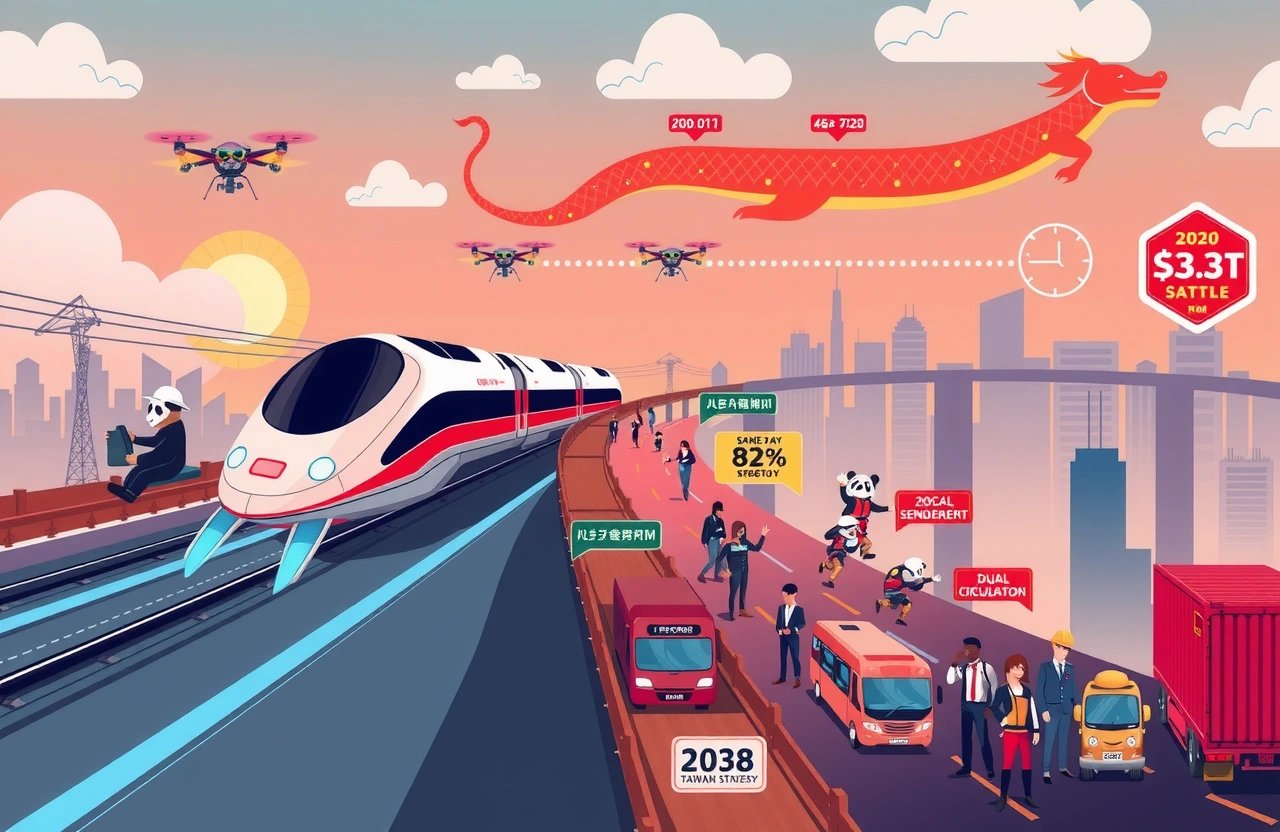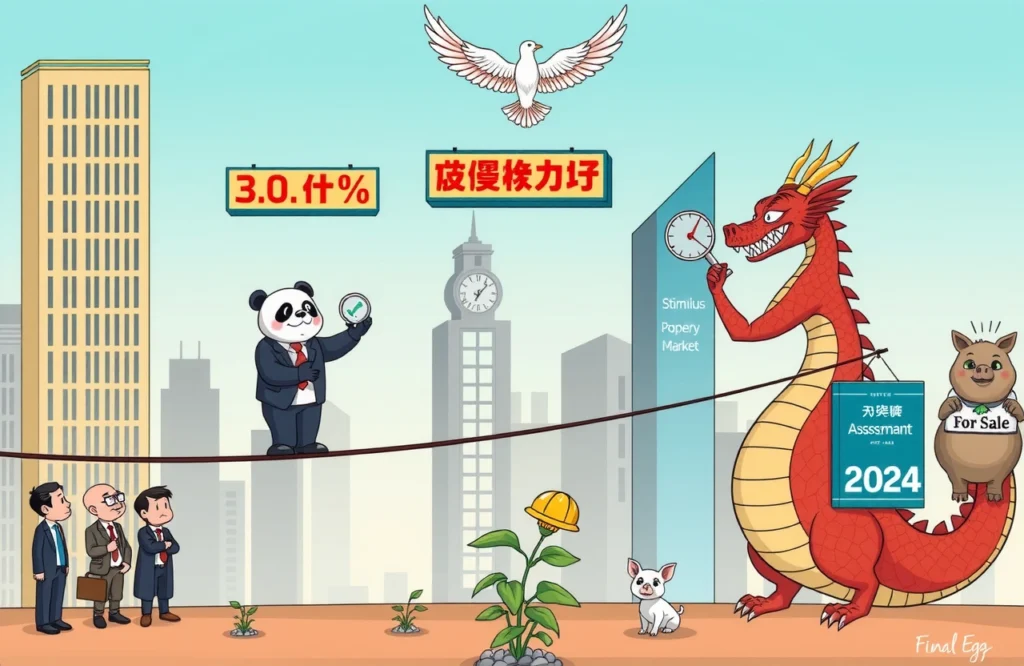Milestone Achievement in National Infrastructure
China has officially cemented its status as the world leader in transportation infrastructure with the completion of unprecedented high-speed rail, expressway, and postal delivery networks. Transport Minister Liu Wei (刘伟) announced this landmark achievement during the State Council’s press conference in Beijing on July 21, 2025, showcasing the successful implementation of the national transport blueprint outlined in the 14th Five-Year Plan. The fully integrated networks form a vital circulatory system strengthening economic connectivity and meeting public mobility demands.
Core accomplishments include:
- Integration of strategic corridors connecting over 80% of Chinese counties
- Coverage impacting 90% of national GDP and population centers
- Establishment of comprehensive transportation systems blending rail, road, maritime, and air networks
Accelerating Integration of Strategic Transport Corridors
The backbone framework conceptualized as ‘6 Axes, 7 Corridors, 8 Channels’ connects previously isolated regions to economic centers. Critical routes bridging Xinjiang-Tibet gaps and coastal-belt connections now accelerate population mobility and resource distribution. This integration strategically positions China to capitalize on trade corridors linking Southeast Asia through the upgraded Vietnam-China railway and expanded Bangkok-Kunming highway projects.
Economic Corridor Developments
Western Land-Sea Corridor enhancements have slashed Chengdu-Singapore transit times by 40% since 2023. Yangtze River Delta golden waterway upgrades increased cargo capacity by 11 million tons annually, while northeastern border crossings now process triple the daily freight volume compared to 2020 thresholds.
Formation of Unprecedented Transportation Networks
China now operates infrastructure exceeding scale equivalents found across the G7 nations combined. This technological dominance stems from decade-long strategic investment averaging $115 billion annually in transport infrastructure since 2015.
Global-Leading High-Speed Rail System
The completed ‘Eight Vertical Eight Horizontal’ grid spans 48,000 km of high-speed track:
- Connecting 97% of cities exceeding 500,000 residents
- Achieving operational speeds exceeding 350 km/h on core routes
- Integrating electromagnetic suspension technology on two demonstration lines
The Shanghai-Beijing route transports 170 million passengers annually – exceeding India’s entire national rail ridership according to World Bank transportation statistics data.
Second-to-None Expressway Coverage
China’s expressway network reaches 191,000 km:
- Covering 99% of cities over 200,000 residents
- Featuring smart highway sections with IoT-enabled lane management
- Hosting 7,000+ service plazas with EV charging stations
- 500,000 postal outlets nationwide
- Next-day delivery coverage reaching 82% populated areas
- Automated sorting hubs handling 7 million parcels daily
- Reduced cargo handling stages from historical 3-5 iterations to 1-2 transfers
- Achieved 85% intermodal cargo transfer completion within 60 minutes
- Halved average port clearance time through digital customs integration
- Adding predictive maintenance sensors across 15,000 km of existing railways
- Implementing solar-integrated highway pilot sections
- Developing next-gen freight drone corridors with China Aerospace Science
- Fulfilling China’s dual-circulation economic strategy requirements
- Projected $3.9 trillion GDP contribution through 2030
- Enabling consumption growth outside major eastern hubs
Revolutionized Postal-Logistics Grid
The logistics backbone supports e-commerce transactions totalling $2.4 trillion annually:
Transport Minister Liu emphasized this achievement substantially lowers logistics costs, currently at 14% of GDP compared to 18% five years prior, according to NDRC efficiency reports.
Integrated Transport Hub Transformation
A comprehensive hub ecosystem has emerged through large-scale modernization projects. Eighty percent of transit facilities now achieve multimodal transfers under 200 meters – exemplified by Beijing Daxing Airport’s rail-air connections minimizing passenger transfer friction.
Cargo Efficiency Breakthroughs
The National Comprehensive Freight Hub Enhancement program at 37 strategic locations:
Shenzhen’s automated Qianhai Bay port complex achieved a world-record 3.78-million-TEU throughput in 2024, certified by Lloyd’s shipping records.
Future Infrastructure Modernization Strategy
The Ministry targets additional expansion through technology-enhanced upgrades:
Smart Transportation Solutions
Emphasis will shift towards AI-enhanced traffic management systems being piloted in Zhejiang and Jiangsu provinces. China’s Smart Transportation System Testing Facilities now coordinate with Huawei’s intelligent road solutions division utilizing 5.5G technology.
Infrastructure Impacts on National Development
The unprecedented networks unlock profound socioeconomic transformation:
The ministry confirmed construction continues on the Sichuan-Tibet Railway megaproject – scheduled completion 2028 – demonstrating China’s transport expansion ambitions show no signs of deceleration.
The phenomenal infrastructure transformation establishes China as the definitive global leader in transportation networks serving both economic productivity and citizens’ enhanced mobility requirements. Professionals and policymakers worldwide should scrutinize China’s implementation strategies when considering next-generation infrastructure integration.




